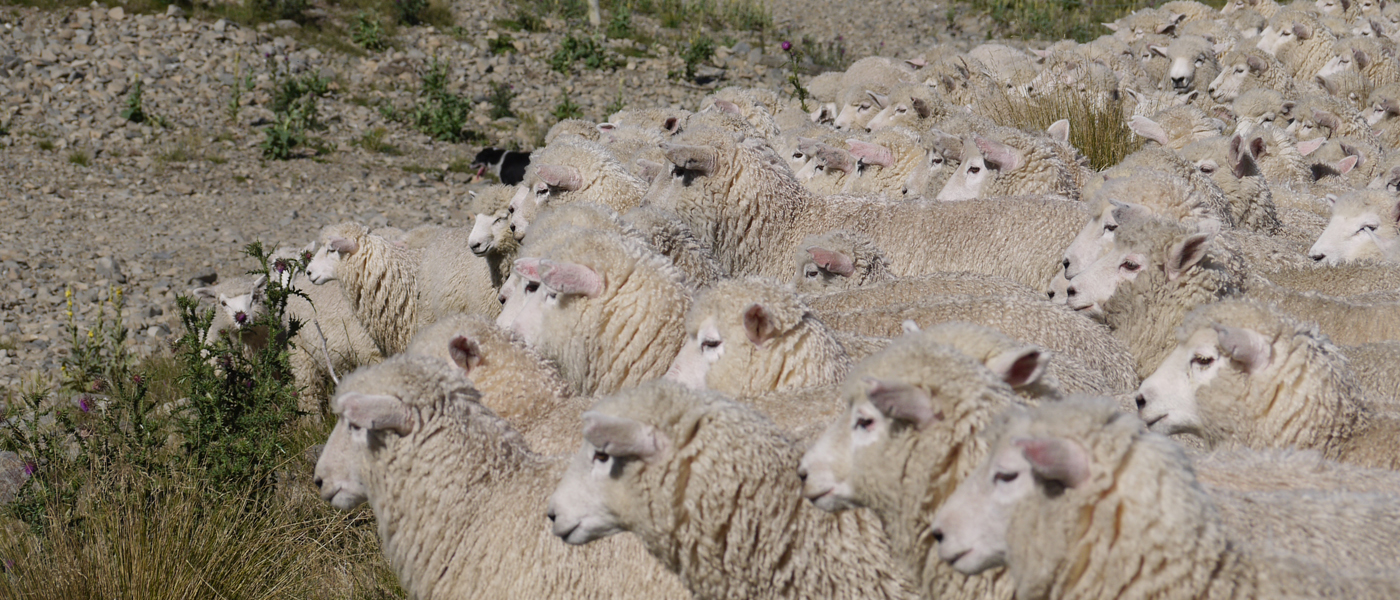
When it comes to pasture parasite contamination, we usually think of lush pastures, with moist conditions that allow worms to thrive. But unfortunately, drought conditions present a significant risk, especially after rain.
It is well known that intestinal parasite eggs require moisture in order to hatch and develop into infective larvae. The larvae tend to be found in greatest numbers low in the pasture sward, where moisture levels are elevated in comparison with those at the top of the sward. These larvae will travel higher up the plant when conditions are particularly moist. So why does drought lead to parasite risk?
While eggs need moisture for development, larvae can survive for several months in dry conditions, and in New Zealand we rarely experience the extremely hot and dry conditions which lead to widespread death of larvae.
The number of parasite larvae out on pasture always exceeds the number of adult parasites found within animals, and those mature worms are constantly doing their bit to maintain that balance. Eggs produced by adult worms are excreted in the hosts’ faeces, and we can measure this as faecal egg count (FEC). This rough measure is our best tool for evaluating parasite burden. Healthy animals will still carry worms and excrete eggs, and stressed animals (as in drought conditions) may have an increased burden.
Worm eggs contained within a faecal pellet or pat often have enough moisture to develop to an infective larval stage. While conditions are dry these larvae can be contained within the faeces, but once rain falls, often dissolving the faecal pellet, the larvae are free to migrate onto pasture. In this instance, a drought-breaking stretch of rain is not required – 10-15 mm over a few days can be enough to permit larval migration on pasture.
Increased grazing pressure during drought means that animals will graze lower, and may graze closer to faecal areas, which would be avoided in more favourable conditions. This combination, of higher egg output, increased grazing pressure and rapid emergence of larvae after rain, can lead to elevated worm burdens. Stock will seek out any green plant material pushing its way up.
Add to this that drought-stressed stock may have less reserve, and animals, particularly youngstock, can rapidly show signs of extreme parasitism.
This looming parasite load can be managed in several ways:
Your Vetlife veterinarian can talk to you about the particular pressures within your farming operation, can perform FEC and FECRT, and can tailor a parasite management plan to your needs.
Annabel Harris
Vetlife Culverden